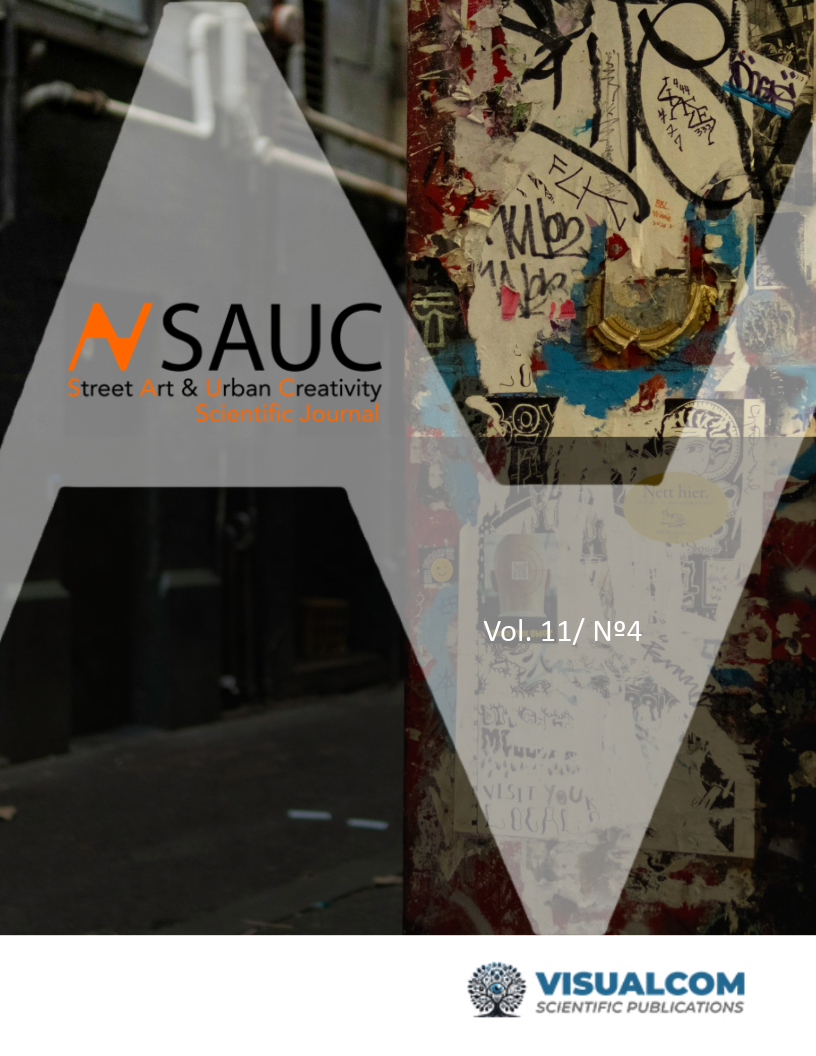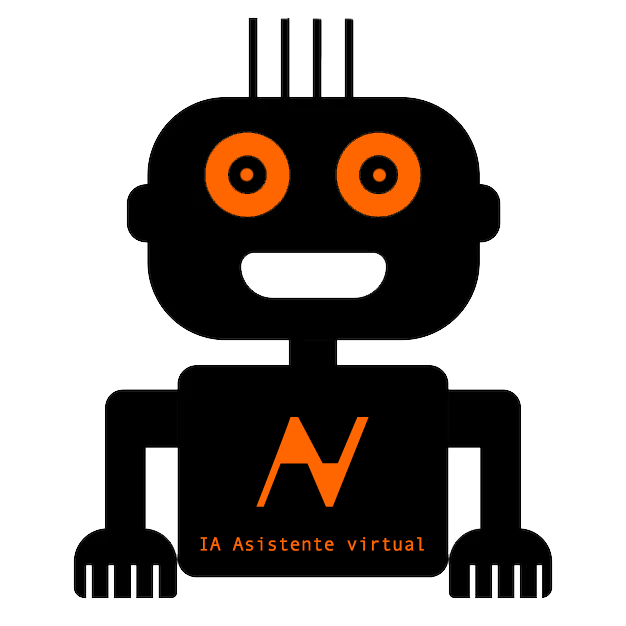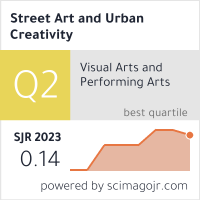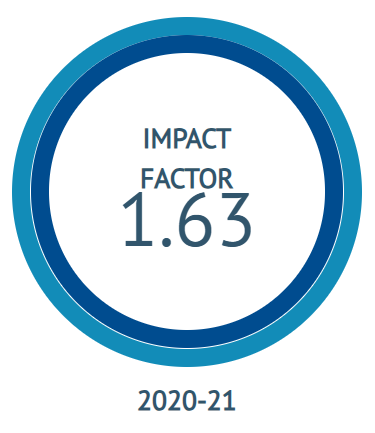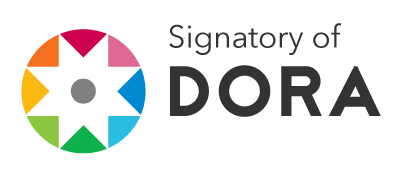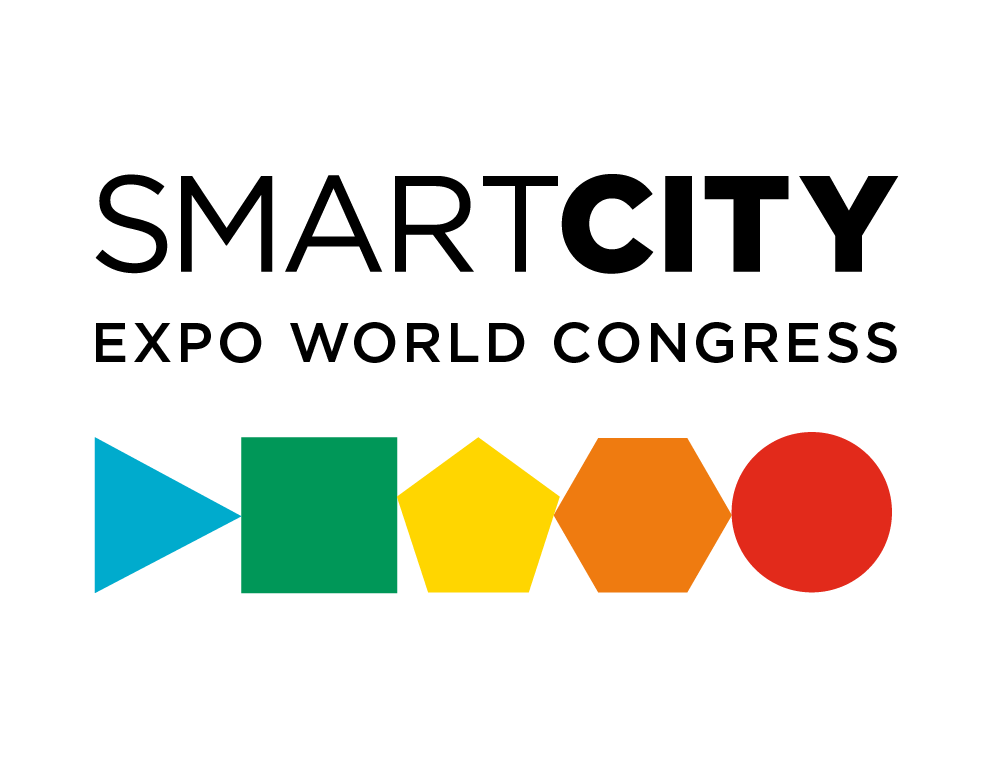Creative Thinking in the PISA-2022 Tests
Implications for the Construction of Creative Cities in Colombia
DOI:
https://doi.org/10.62161/sauc.v11.5799Keywords:
Creative Thinking, Measuring Creativity, PISA Tests, Colombia, EducationAbstract
Measuring and applying creative thinking was one of the great purposes of authors who, in the middle of the last century, proposed different studies to understand the brain and its relationship with creative thinking. Among them, we can highlight Guilford (1967), Torrance (1974) or Gardner (1983), who with their studies promoted the measurement of creativity, they turned the spotlight on this superior thinking ability, which in the following decades will have a special interest as a fundamental and differential ability of humans. Entering the second decade of the 21st century, the purpose of these first authors becomes latent with the incorporation of a specific test for the measurement of Creative Thinking in the PISA-2022 tests, of which the first results are just beginning to be had.
Downloads
Global Statistics ℹ️
|
354
Views
|
164
Downloads
|
|
518
Total
|
|
References
Bergua Amores, J. A. (2021). Capitalismo creativo: Cambios en los factores productivos, las agencias, los discursos y las políticas. Revista Española de Sociología, 30(1), a05. https://doi.org/10.22325/fes/res.2021.05
Carretero Pasin, A. E. (2021). La deriva fundamentalista de lo creativo. Revista Española de Sociología, 30 (1), a07. https://doi.org/10.22325/fes/res.2021.07
Cropley, A. (2006). Elogio del pensamiento convergente. Creativity Research Journal, 18 (3), 391–404. https://doi.org/10.1207/s15326934crj1803_13
Csikszentmihalyi, M. (1996). Creatividad: El fluir y la psicología del descubrimiento y la invención. Paidós.
De Bono, E. (1994). El pensamiento creativo: El poder del pensamiento lateral para la creación de nuevas ideas. Paidós.
Elisondo, R., & Donolo, D. (2016). Construcción y análisis de las propiedades psicométricas del Cuestionario de Acciones Creativas en población argentina. PSIENCIA. Revista Latinoamericana de Ciencia Psicológica, 8 (1), 1–21. https://www.redalyc.org/articulo.oa?id=333145838006
Gardner, H. (1983). Frames of mind: The theory of multiple intelligences. Basic Books.
Guilford, J. P. (1950). Creatividad. American Psychologist, 5(9), 444–454. https://doi.org/10.1037/h0063487
Guilford, J. P. (1956). La estructura del intelecto. Psychological Bulletin, 53 (4), 267–293. https://doi.org/10.1037/h0040755
Hall, E. T. (2005). La dimensión oculta. Siglo XXI Editores.
Jösch Krotki, A. (2023). Una aproximación a la relevancia de las prácticas creativas en la educación. Revista 180 (1). https://revista180.udp.cl/index.php/revista180/article/view/1296
Lozano-Monterrubio, N., Cuartielles, R., Carrillo-Pérez, N., & Montagut, M. (2024). Escape rooms como metodología educativa para combatir la desinformación en alumnos de primaria y secundaria: El caso de Learn to Escape. Revista Latina de Comunicación Social (82). https://doi.org/10.4185/rlcs-2024-2243
OCDE. (2023a). Marco de evaluación y análisis PISA 2022*. OECD Publishing. https://doi.org/10.1787/dfe0bf9c-en
OCDE. (2023b). Resultados PISA 2022 (Volumen I): El estado del aprendizaje y la equidad en la educación. OECD Publishing.
OCDE. (2023c). Resultados de PISA 2022 (Volumen II): Aprendizaje durante – y a partir de – las disrupciones. OECD Publishing.
OCDE. (2024a). Resultados PISA 2022 (Volumen IV): ¿Qué tan inteligentes financieramente son los estudiantes?. OECD Publishing. https://doi.org/10.1787/5a849c2a-es
OCDE. (2024b). Resultados PISA 2022 (Volumen III): Mentes creativas, escuelas creativas. OECD Publishing. https://www.oecd-ilibrary.org/education/pisa-2022-results-volume-iii_765ee8c2-en
Palencia, C. (2023). Pensamiento creativo para el diseño de experiencias de aprendizaje memorables. Human Review: International Humanities Review / Revista Internacional de Humanidades, 19 (4), 1–9. https://eaapublishing.org/journals/index.php/humanrev/article/view/1684/1801
Palencia, C. (2024). Museos, redes sociales y universos transmedia: Creación de contenidos para la participación activa del público. Visual Review: Revista Internacional de Cultura Visual, 16 (3), 229–238. https://doi.org/10.62161/revvisual.v16.5259
Pellegrini, F. (2022). El diseño del mundo: ¿Cómo se crea una experiencia?. Galerna.
Runco, M. A., & Acar, S. (2012). El pensamiento divergente como indicador del potencial creativo. Creativity Research Journal, 24 (1), 66–75. https://doi.org/10.1080/10400419.2012.652929
Vélez, A., & Vélez, A. (2012). Creatividad e inventiva: Retos en el siglo XXI. Universidad de Antioquia.
Downloads
Published
How to Cite
Issue
Section
License
Copyright (c) 2025 Authors retain copyright and transfer to the journal the right of first publication and publishing rights

This work is licensed under a Creative Commons Attribution-NoDerivatives 4.0 International License.
Those authors who publish in this journal accept the following terms:
-
Authors retain copyright.
-
Authors transfer to the journal the right of first publication. The journal also owns the publishing rights.
-
All published contents are governed by an Attribution-NoDerivatives 4.0 International License.
Access the informative version and legal text of the license. By virtue of this, third parties are allowed to use what is published as long as they mention the authorship of the work and the first publication in this journal. If you transform the material, you may not distribute the modified work. -
Authors may make other independent and additional contractual arrangements for non-exclusive distribution of the version of the article published in this journal (e.g., inclusion in an institutional repository or publication in a book) as long as they clearly indicate that the work was first published in this journal.
- Authors are allowed and recommended to publish their work on the Internet (for example on institutional and personal websites), following the publication of, and referencing the journal, as this could lead to constructive exchanges and a more extensive and quick circulation of published works (see The Effect of Open Access).

